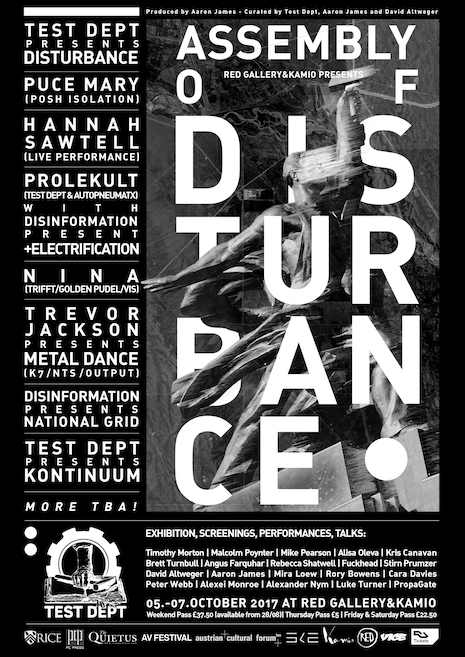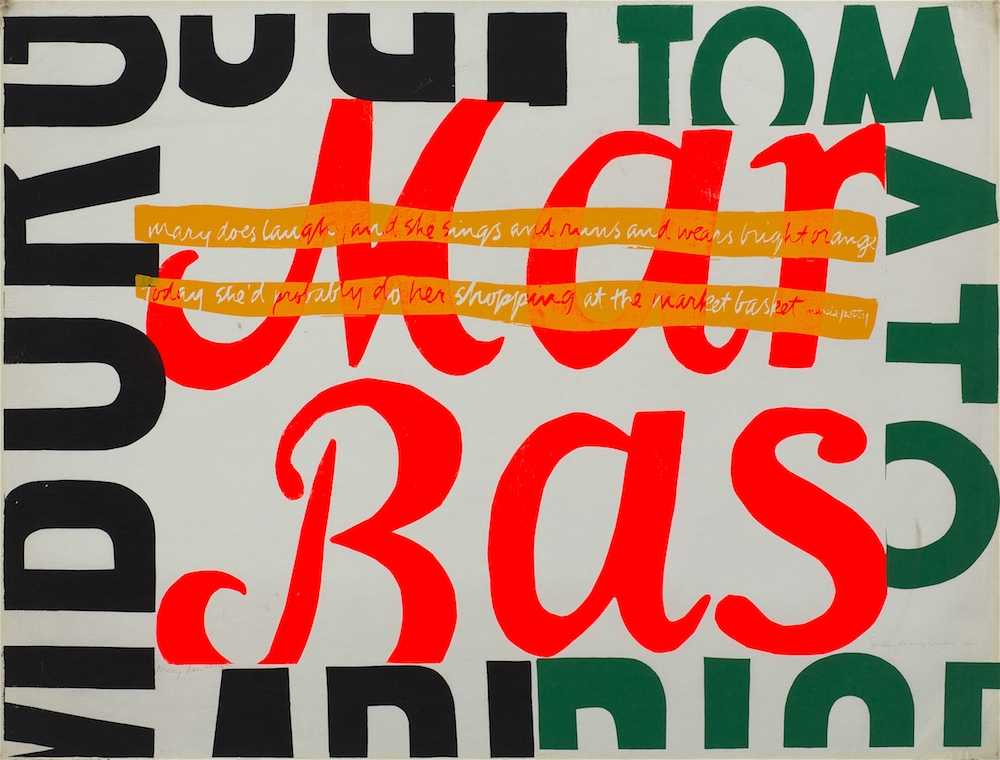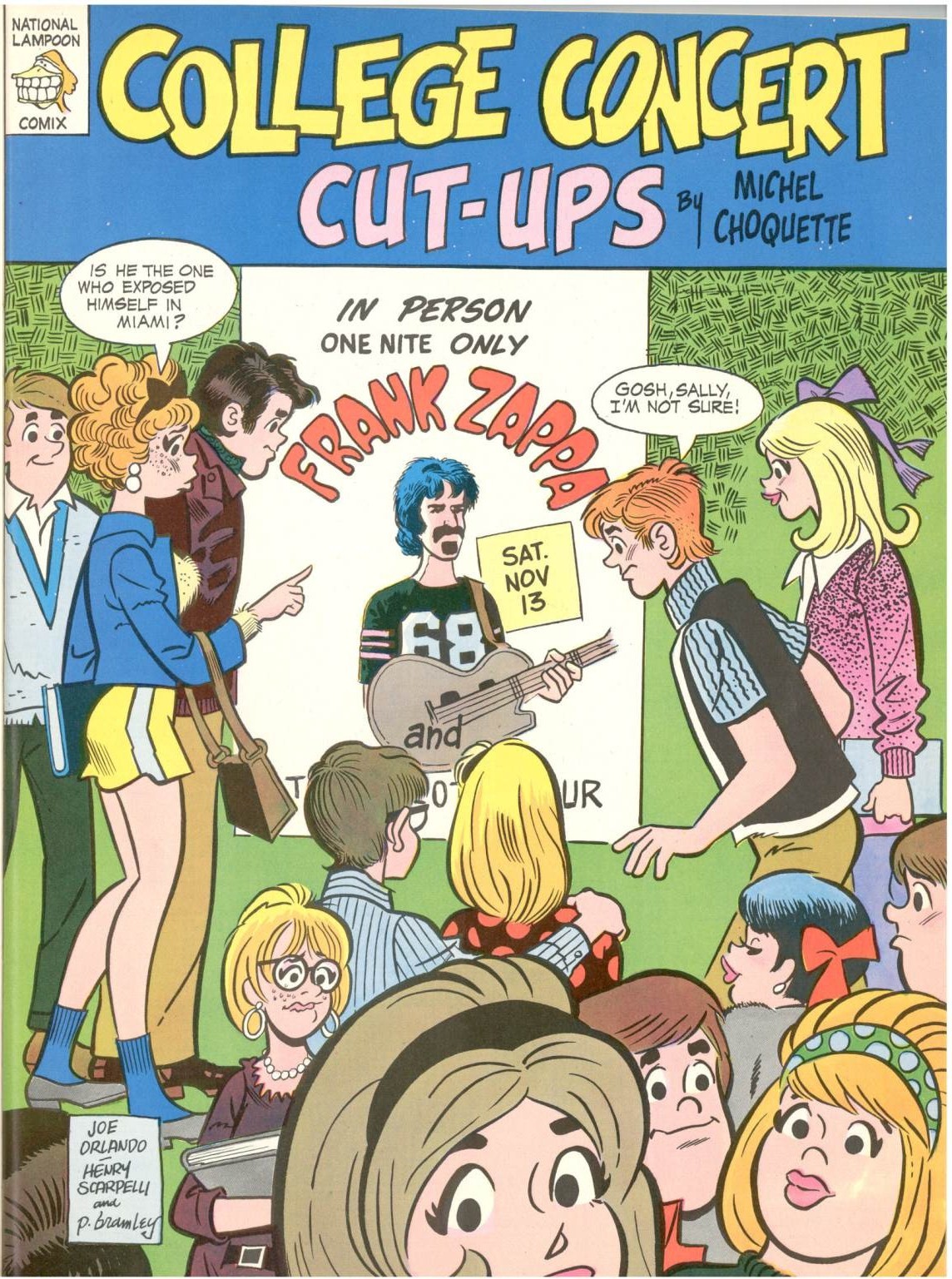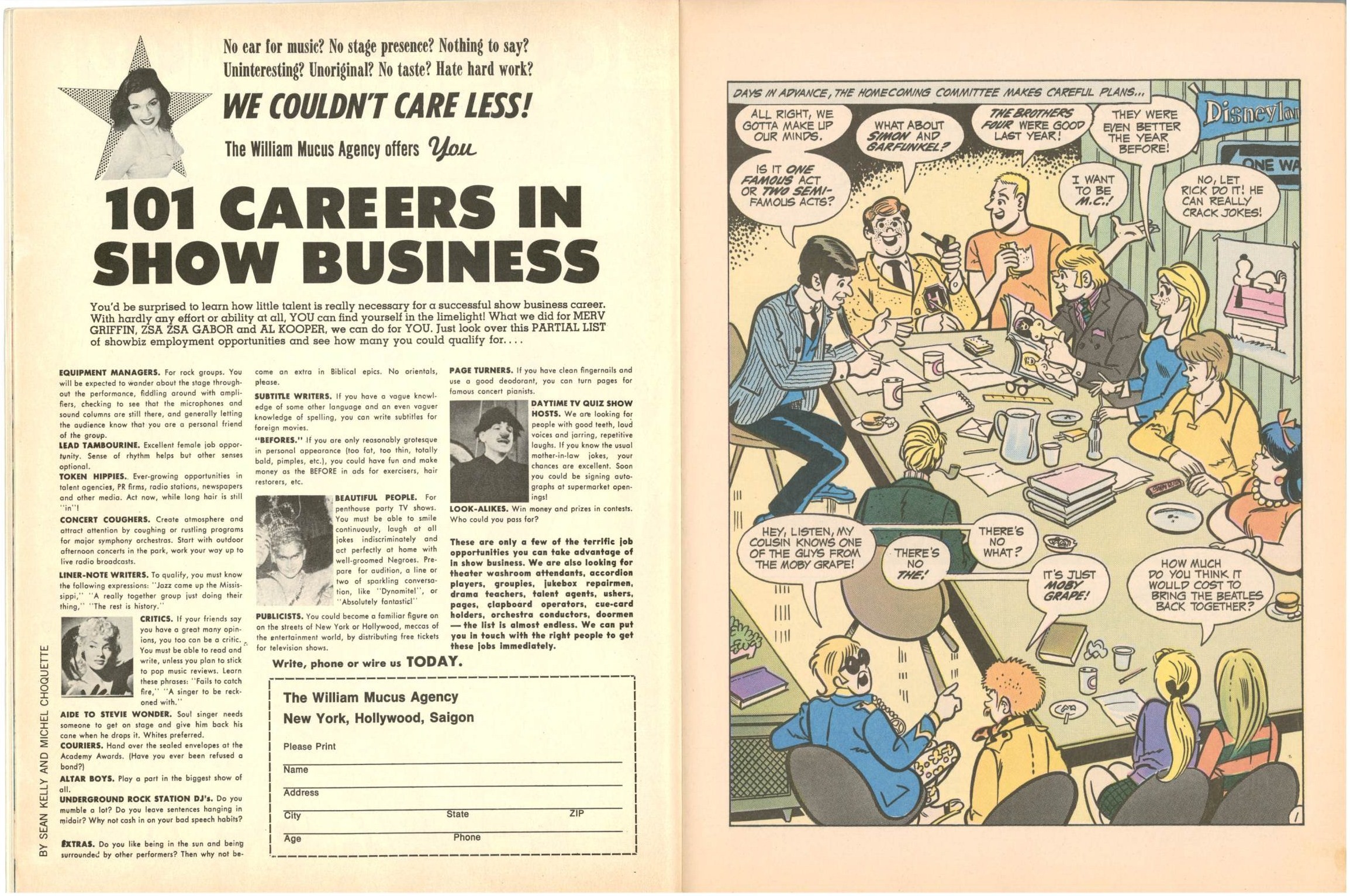
Test Dept, the industrial group that invented the “Stakhanovite Sound,” will mark the 100th anniversary of October 1917 with a festival at London’s Red Gallery. Along with the live premiere of material from Test Dept’s new album Disturbance, the lineup includes live performances by Puce Mary, Hannah Sawtell, Kris Canavan, Disinformation, Prolekult, and Fuckhead, and DJ sets by Trevor Jackson and Nina. There will also be installations, film screenings, talks, and an exhibition of Test Dept artifacts called Culture Is Not A Luxury!
The only industrial outfit explicitly committed to socialism—at least, none of the others worked with the South Wales Striking Miners Choir or wrote about Comrade Enver Hoxha—Test Dept promises to bring historical perspective to the nightmare we are living through. From the press release:
[T]he festival explores how one hundred years on from the Russian Revolution, which unleashed radical artistic forces that sought to build an idealistic new society, the current socio-political climate is also engendering a need for a profound shift in governance. As such, Assembly of Disturbance invites you to join an assemblage of artists to consider the prevalent and pressing intersection of art and activism, challenging and disrupting the current state of affairs in Britain, and beyond.
More after the jump…
























